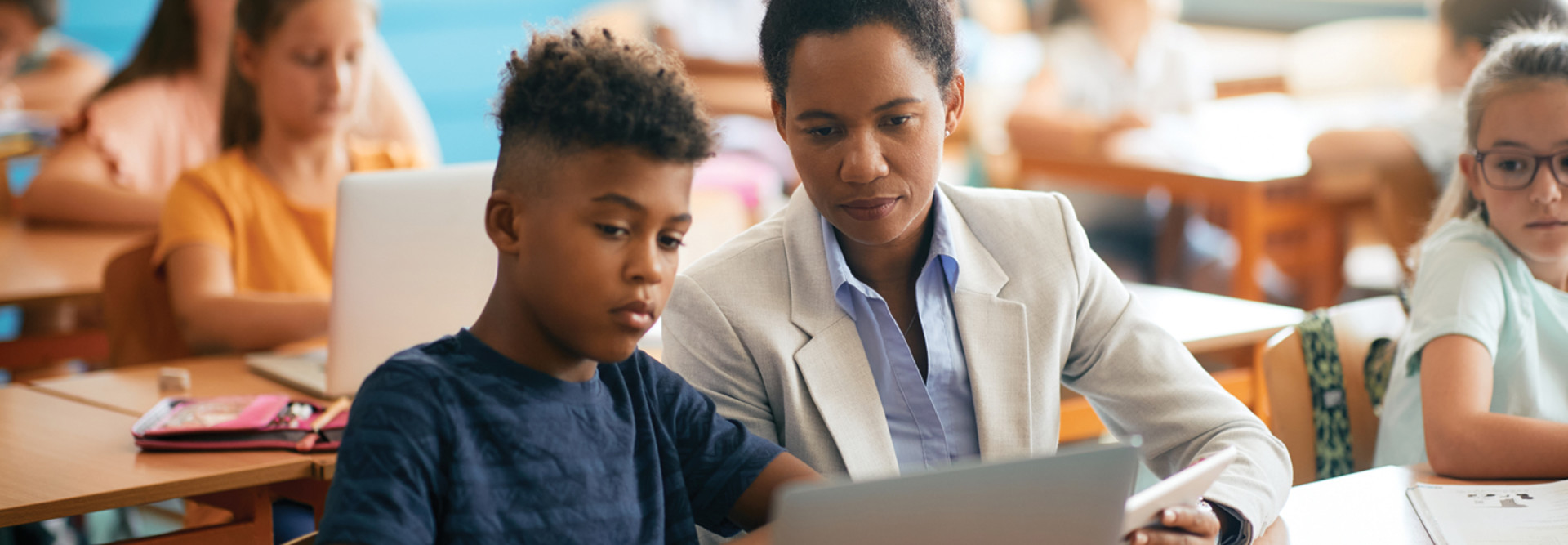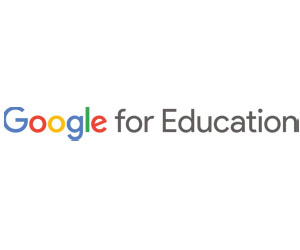The average U.S. high school class has 30 students, according to research from the National Council on Teacher Quality, and while each student learns in their own way, practice and specific feedback are repeatedly shown to be effective in modern classrooms. With interactive tools like practice sets, students can receive one-to-one feedback and support without ever leaving an assignment. This saves the educators time, while also providing insight into students’ learning processes and patterns.
Achieving both aims at once sounds like a tall order, but adaptive learning technologies help to do just that. Adaptive learning, a model where students are given customized resources and activities to support their unique learning needs, has been around for decades. However, applying advancing artificial intelligence technology opens up a new set of possibilities to transform the future of school into a personal learning experience.
Google for Education recently expanded its suite of adaptive learning tools using artificial intelligence, machine learning and user-friendly design to bring robust capabilities into the classroom.
For educators, adaptive learning technologies help boost instruction, reduce administrative burdens and deliver actionable insights into students’ progress. More time for planning and catch-up work would help alleviate teachers’ stress, according to an EdWeek Research Center survey.
For students, adaptive learning tech can deepen comprehension of instructional concepts and help them achieve their personal potential. Through interactive lessons and assignments, real-time feedback and just-in-time support, students can advance through lessons in ways that help increase the likelihood of success.
LEARN MORE: Discover how Google for Education supports students and teachers with CDW•G.
“When a student grasps a new concept, it can create a magical moment where they suddenly get it,” says Shantanu Sinha, vice president and general manager of Google for Education. “Ensuring that students get access to the right content or material at the right time is a critical part of making this happen.”
A More Personal Path to Learning for K–12 Students
By prioritizing students’ individual learning needs and adapting instruction accordingly, personal learning delivers various benefits, from a well-rounded learning experience to increased productivity, according to educational publisher Pearson.
Practice sets offer immediate, personal feedback, which is one of the best ways to keep students engaged. When students are on the right track, fast feedback helps them build confidence and celebrate small wins. When students struggle, real-time feedback helps to ensure they truly understand the material before advancing through a lesson.
“Making these experiences interactive can dramatically improve the feedback loop for the student,” says Sinha. “The ability to see their progress and accuracy when working on an assignment, as well as helpful additional content, can guide students and help them learn.”
For instance, Google for Education practice sets use AI to deliver encouragement and support the moment students need them. This includes hints, pop-up messages, video lessons and other resources.
Click the banner below to find resources from CDW to digitally transform your classroom.
AI Automates Administrative Work So Educators Can Teach
With practice sets, teachers can build interactive assignments from existing content, and the software automatically customizes support for students. Practice sets also grade assignments automatically, with the AI recognizing equivalent answers and identifying where students go off track. All these capabilities help teachers extend their reach and maximize their time.
Practice sets also leverage AI to provide an overview of class performance and indicate trends. If several students are having trouble with a concept, teachers can see patterns and adjust quickly without manually sorting through students’ results.
AI-driven technology opens new opportunities for flexible teaching and learning options. On Chromebooks, for instance, teachers can use Screencast to record video lessons. AI transcribes the spoken lessons into text, allowing students to translate those transcripts into dozens of languages.
Google Security Keeps Data Safe as Districts Scale Personalization
Google’s adaptive learning tools have built-in, best-in-class security and privacy to protect students’ and educators’ personal information. Transparency, multilayered safeguards and continuous updates to ensure compliance with new legislation and best practices are central to delivering adaptive instruction that is secure.
Educators can see and manage security settings on Chromebooks and Google Workspace for Education. IT administrators have visibility via Google for Education’s Admin Console.
LEARN MORE: How can a Google Workspace for Education audit benefit your K–12 district?
K–12 Classrooms Can Access a Wide Range of Adaptive Learning Tools
Screencast on Chrome OS and practice sets in Google Classroom are Google’s newest offerings in adaptive learning. Other useful tools include:
- Google’s AI Learning Platform offers applications and application programming interfaces that schools can use within an existing infrastructure. The platform builds learning activities based on teacher-specified competency skills. Data and analytics help educators understand students’ progress and engagement metrics so they can adapt instruction as needed.
- Within the AI Learning Platform, AI Tutor generates questions based on reading materials to help students practice core concepts. Teachers know that every student is receiving customized support, which frees them up to devote more in-person time to students who need extra attention.
- On Android devices, Read Along acts as a “reading buddy” to younger students, providing personalized support powered by text-to-speech and voice-recognition technology.
As adaptive learning technology continues to evolve, it has the potential to transform the learning experience and help teachers better meet students where they are in the learning journey. When the right technology is applied to teaching and learning, teachers and students can go further, faster.
Brought to you by:













